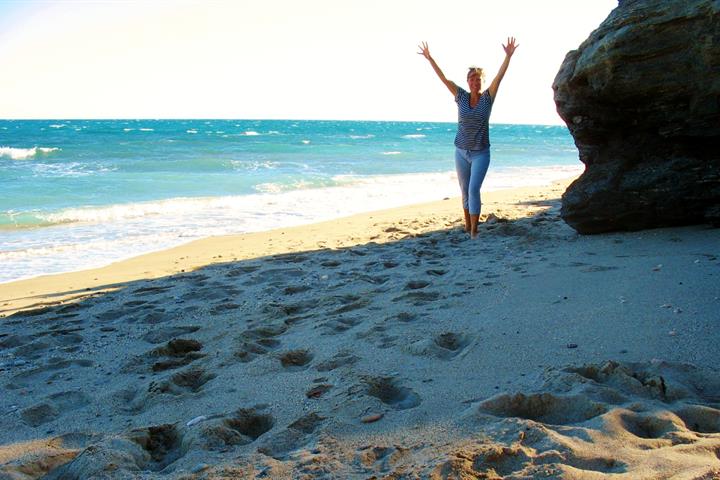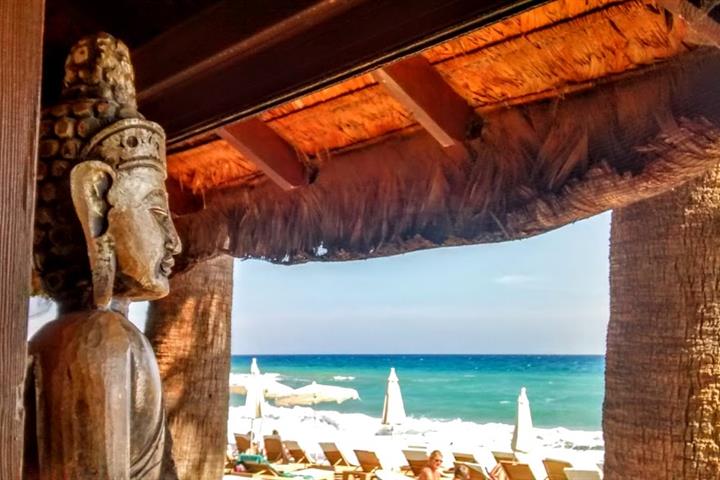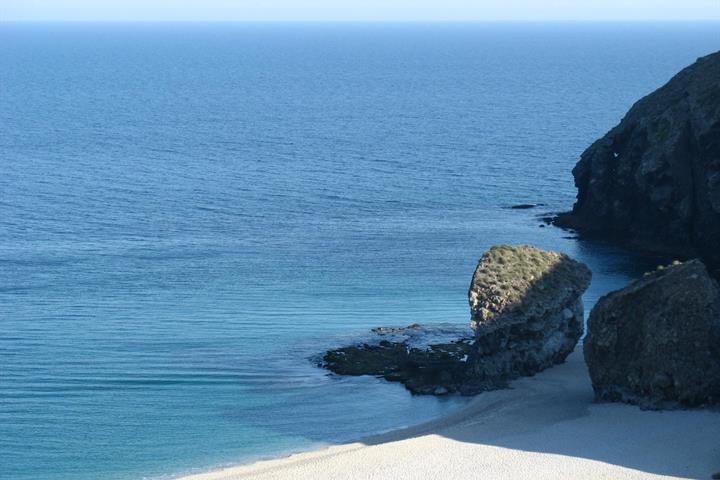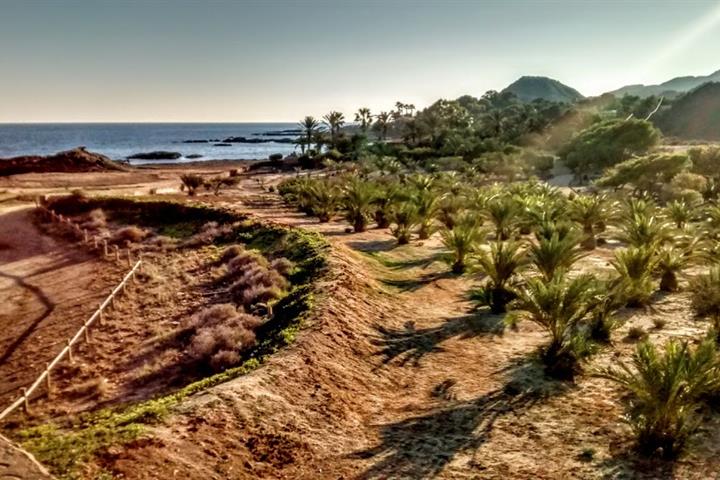Costa Almería travel information and video
Holiday information, facts, photos and video about Costa Almería
Featured holiday homes on the Costa Almería
Things to do while you are here
Exciting places to visit on Costa Almería
Reviews for Costa Almería
Average overall ratings - Based on 540 reviews.
City
Coast
| City: | |
| Coast: |
Submitted by: Lucia
5. Sep 2021
This review is in English
This review is in English
Report abuse
You found this abusive
| City: | |
| Coast: |
Submitted by: De Muynck M.
24. Aug 2021
This review is in English
This review is in English
Report abuse
You found this abusive
| City: | |
| Coast: |
Submitted by: Ralph Koch
22. Aug 2021
This review is in English
This review is in English
Report abuse
You found this abusive
| City: | |
| Coast: |
Submitted by: Angel Morente
22. Aug 2021
This review is in English
This review is in English
Report abuse
You found this abusive
| City: | |
| Coast: |
Submitted by: Amaya
20. Aug 2021
This review is in English
This review is in English
Report abuse
You found this abusive
| City: | |
| Coast: |
Submitted by: Nadia Akalay
16. Aug 2021
This review is in English
This review is in English
Report abuse
You found this abusive
| City: | |
| Coast: |
Submitted by: Flor Diaz Timon
15. Aug 2021
This review is in English
This review is in English
Report abuse
You found this abusive
| City: | |
| Coast: |
Submitted by: Niall Harrison
12. Aug 2021
This review is in English
This review is in English
Report abuse
You found this abusive
| City: | |
| Coast: |
Submitted by: Niall Harrison
12. Aug 2021
This review is in English
This review is in English
Report abuse
You found this abusive
| City: | |
| Coast: |
Submitted by: Raúl Zambrano Quevedo
10. Aug 2021
This review is in English
This review is in English
Report abuse
You found this abusive
| City: | |
| Coast: |
Submitted by: lebret
9. Aug 2021
This review is in English
This review is in English
Report abuse
You found this abusive
| City: | |
| Coast: |
Submitted by: Maria Ciprián Garces
1. Aug 2021
This review is in English
This review is in English
Report abuse
You found this abusive
| City: | |
| Coast: |
Submitted by: Maria Cruz Regano
28. Jul 2021
This review is in English
This review is in English
Report abuse
You found this abusive
| City: | |
| Coast: |
Submitted by: Miguel Ángel
17. Jul 2021
This review is in English
This review is in English
Report abuse
You found this abusive
| City: | |
| Coast: |
Submitted by: MARÍA LARA RINCÓN MELLADO
14. Jul 2021
This review is in English
This review is in English
Report abuse
You found this abusive
| City: | |
| Coast: |
Submitted by: Corina van Assen
23. Jun 2021
This review is in English
This review is in English
Report abuse
You found this abusive
| City: | |
| Coast: |
Submitted by: Mark S
13. Jun 2021
This review is in English
This review is in English
Report abuse
You found this abusive
| City: | |
| Coast: |
Submitted by: Laura freitag garcia
16. Aug 2020
This review is in English
This review is in English
Report abuse
You found this abusive
| City: | |
| Coast: |
Submitted by: Marta Cardenas Fernandez
16. Aug 2020
This review is in English
This review is in English
Report abuse
You found this abusive
| City: | |
| Coast: |
Submitted by: Alicia
13. Aug 2020
This review is in English
This review is in English
Report abuse
You found this abusive



